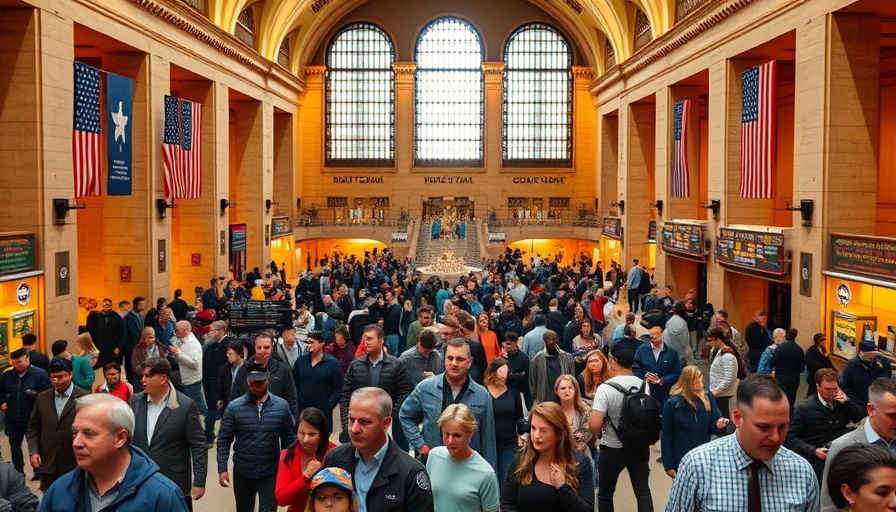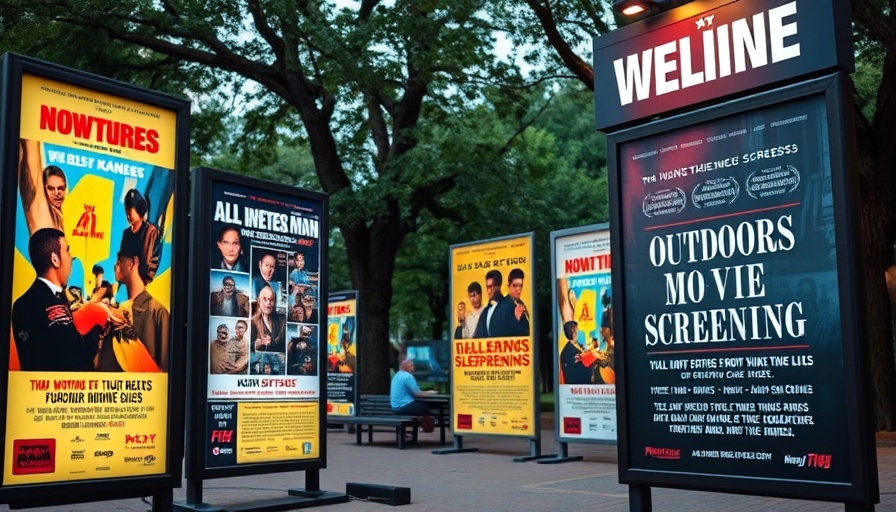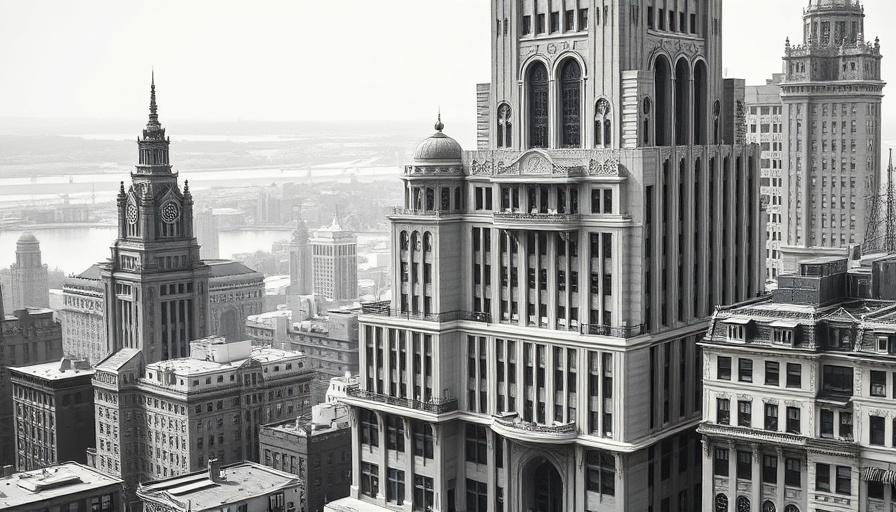
Gas-Like Odor Threatens Commuter Safety
On August 4th, commuters at Grand Central Terminal faced an unexpected emergency as a gas-like odor permeated the air, causing panic and prompting authorities to act rapidly. Just after 2 PM, emergency crews rushed to the scene, delaying trains into the bustling hub and temporarily closing surrounding streets. Fortunately, the FDNY reported no injuries stemming from this alarming situation.
Root Cause: A Mechanical Issue
Initial reports suggested a serious threat, but investigations quickly revealed that the odor stemmed from a mechanical problem related to a lubricant used on a Long Island Rail Road (LIRR) train. Understanding the specifics of such incidents is crucial, as they highlight the importance of maintaining safety protocols in busy transportation hubs.
Historical Context of Disruptions at Grand Central
This event isn’t an isolated incident. Grand Central Terminal has seen a series of disruptions lately, including protests and electrical fires, illustrating the challenges faced in managing a historic yet operationally complex facility. For instance, just two days prior, a confrontation between pro-Palestine protesters and law enforcement added to the tensions of this vital transit network. As system operators work to resolve these issues, the need for effective communication and contingency planning becomes apparent.
What This Means for the Future of Commuting
With the increasing frequency of disruptions at Grand Central, commuters, including legal and financial professionals who depend on timely transportation, may be left questioning the reliability of their daily routes. Experts stress the need for robust safety measures and real-time communication to alleviate commuter fears.
Takeaway for New Yorkers
This latest incident serves as a reminder of the complexities surrounding urban transit systems and the importance of public safety. Commuters should stay informed about transportation updates, especially in historical venues like Grand Central. Transparency in operations not only builds trust but ensures that commuters can make informed decisions regarding their travel options.
 Add Row
Add Row  Add Element
Add Element 



Write A Comment